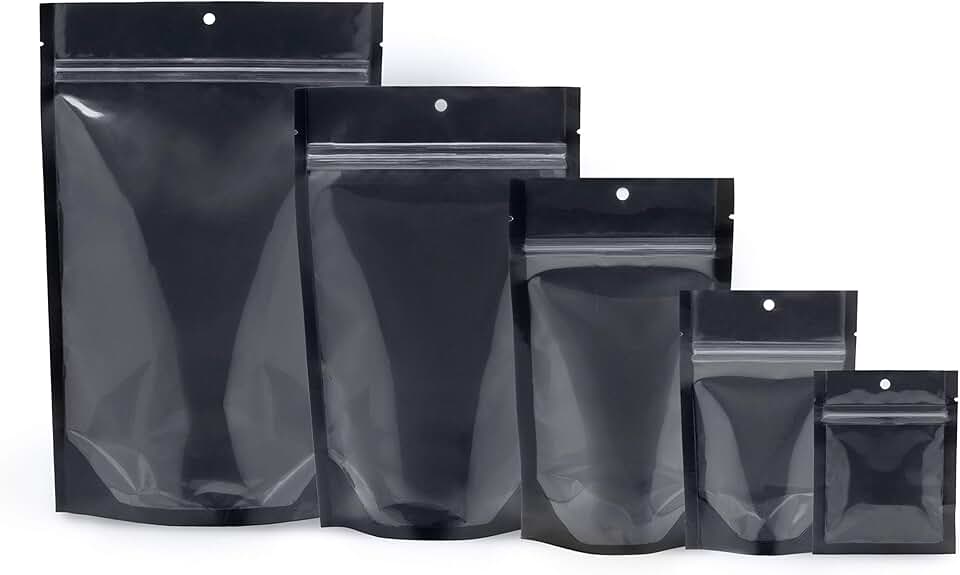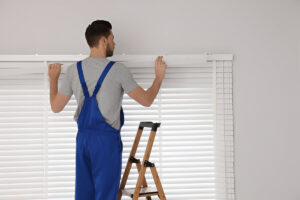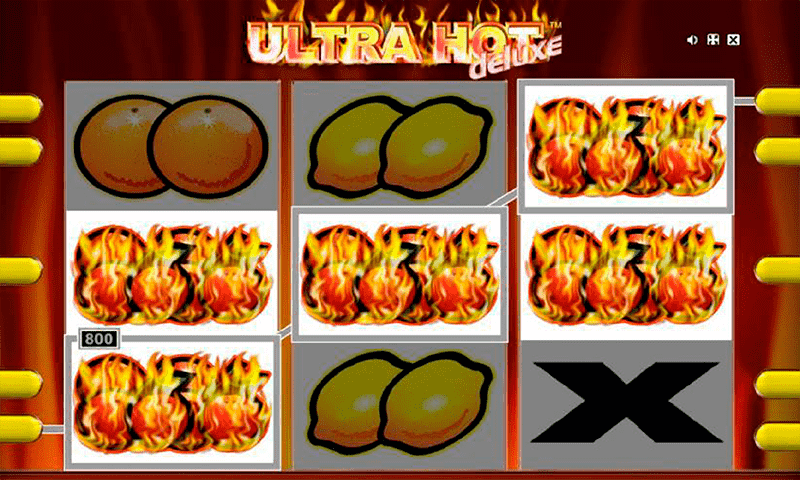
Die Cut Mylar Bags
Die cut mylar bags have become a popular choice for packaging products, from food and supplements to cosmetics and electronics. Their unique design, durability, and ability to preserve contents make them an excellent choice for many industries. However, when it comes to customization and branding, printing on these bags plays a crucial role. This guide explores the various printing options available for die cut mylar bags, helping businesses choose the best method for their needs.
Understanding Die Cut Mylar Bags
Die cut mylar bags are made from a type of plastic film called mylar, a material known for its high strength, moisture resistance, and barrier properties. The die-cut process involves cutting the bag into specific shapes, making it versatile for various applications. These bags can be used to store food, pharmaceuticals, cosmetics, and even industrial products. They come in different sizes and shapes, offering a range of options for packaging.
Printing on die-cut mylar bags is an essential step for branding and marketing. The printing not only helps businesses stand out but also provides essential information like ingredients, product instructions, and branding logos. The printing method chosen should complement the type of product and its target audience, ensuring both functionality and aesthetic appeal.
Why Printing on Die Cut Mylar Bags is Important
Branding is one of the most important reasons businesses choose to print on die-cut mylar bags. Packaging is often the first thing a consumer notices, and it plays a major role in shaping their perception of a product. The design and printing on the bag can directly impact purchasing decisions. Additionally, printed mylar bags can help convey information that adds value to the product, such as usage instructions, ingredients, and expiration dates.
For example, a food packaging company might use vibrant colors and bold typography to catch the eye of consumers. On the other hand, a cosmetic brand may opt for minimalistic, elegant designs to reflect the quality of their products. Moreover, printing on these bags can enhance the protection of the contents. High-quality prints are more durable and resistant to fading, ensuring the packaging remains attractive throughout the product’s shelf life.
Flexographic Printing: A Popular Choice
One of the most commonly used printing methods for die-cut mylar bags is flexographic printing. This method uses flexible relief plates and is well-suited for large-scale, high-speed printing. Flexographic printing can accommodate a wide range of designs, from simple logos to detailed, multicolor graphics. It is ideal for companies that require fast production times and high volumes.
The key advantage of flexographic printing is its versatility. It can be used on a variety of substrates, including mylar bags, making it a popular option for packaging. Additionally, it allows for vibrant colors and sharp images, which are crucial for creating eye-catching designs that appeal to consumers. However, one potential drawback is that it may not be the best option for very fine details due to the limitations of the relief plates.
Rotogravure Printing: Precision and High Quality
For companies seeking higher-quality prints with fine details, rotogravure printing is a great option. This method uses engraved cylinders to transfer ink onto the substrate, providing exceptional precision and consistency. Rotogravure printing is particularly effective for long runs and complex designs, making it an excellent choice for businesses that require high-end packaging.
One of the significant benefits of rotogravure printing is its ability to reproduce intricate designs with incredible clarity. This method produces sharp lines, rich colors, and a high level of detail that makes it perfect for luxury products or brands looking to convey sophistication. However, it is typically more expensive than flexographic printing, making it better suited for higher-end products with larger production runs.
Digital Printing: Flexible and Cost-Effective
Digital printing is a more modern option for printing on die-cut mylar bags. It involves transferring digital images directly onto the surface of the bag using inkjet or laser technology. The primary advantage of digital printing is its ability to produce short runs at a lower cost. This makes it ideal for businesses that require smaller production quantities or want to test different designs without committing to a large order.
One of the key benefits of digital printing is its flexibility. Designers can create intricate and highly detailed graphics without the need for expensive setup or specialized plates. Additionally, digital printing can handle complex color variations and gradients, allowing for more creative freedom in packaging design. However, the durability of the print may not be as long-lasting as other methods, especially when exposed to harsh conditions or extensive handling.
Screen Printing: Durable and Vibrant
Screen printing is another popular method for printing on die-cut mylar bags. This technique uses a mesh screen to transfer ink onto the substrate, one color at a time. Screen printing is known for its durability and the vibrant, opaque colors it can produce. It is an excellent option for businesses looking for bold, long-lasting prints.
One of the major advantages of screen printing is its ability to handle thicker ink layers, resulting in vibrant, eye-catching designs. This makes it a great choice for companies that want their packaging to stand out on shelves. Additionally, screen printing is ideal for printing on a variety of materials, including mylar, making it versatile across different types of products. However, it can be less cost-effective for small print runs, as the setup process can be more expensive and time-consuming compared to digital printing or flexographic printing.
Considerations When Choosing a Printing Method
Choosing the right printing method for die-cut mylar bags depends on several factors, including budget, production volume, and design complexity. Businesses must evaluate their needs and choose a method that best aligns with their goals. Here are some important considerations to keep in mind:
- Budget: Some printing methods, like flexographic and screen printing, may require significant upfront costs, especially for setup and equipment. Digital printing, on the other hand, is more affordable for small runs.
- Volume: High-volume production often benefits from methods like flexographic or rotogravure printing, which are efficient for large batches. For smaller runs, digital printing is usually more cost-effective.
- Design Complexity: For intricate designs or multi-color artwork, rotogravure and digital printing offer the best results. Simpler designs may be suitable for flexographic or screen printing.
- Durability: If the bag needs to withstand harsh conditions or extended shelf life, it’s important to choose a method that offers durable, long-lasting prints. Methods like rotogravure and screen printing tend to be more durable in this regard.
Customizing Your Die Cut Mylar Bags
In addition to selecting the right printing method, customization options for die-cut mylar bags also play an essential role in packaging design. Companies can further enhance the look and functionality of their packaging with a variety of additional features. These include adding matte or glossy finishes, embossing or debossing logos, and using different types of inks.
- Finish Options: You can choose between a matte, glossy, or satin finish, each offering a unique look and feel. A glossy finish gives a shiny, premium look, while a matte finish offers a more subtle, sophisticated appearance.
- Embossing and Debossing: These techniques create raised or recessed designs on the bag, adding a tactile element that can elevate the brand’s visual appeal.
- Specialty Inks: For a more unique design, you can use special inks like metallic or fluorescent, which can make the packaging stand out even more.
Conclusion
The printing options available for die-cut mylar bags are vast, and choosing the right one is crucial for businesses that want to create impactful, high-quality packaging. Whether you opt for flexographic, rotogravure, digital, or screen printing, each method has its own strengths and weaknesses. By understanding the differences and considering factors like volume, budget, and design complexity, businesses can make an informed decision about the best printing method for their needs. When done correctly, printing on mylar bags not only enhances the visual appeal but also strengthens the overall branding and marketing efforts, helping products stand out in a crowded marketplace.


